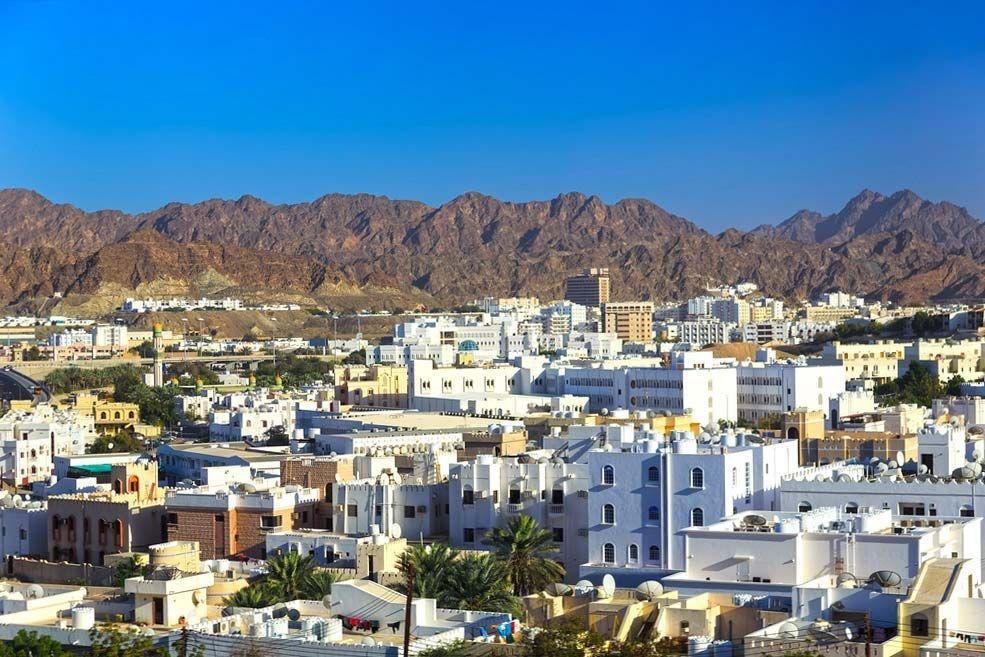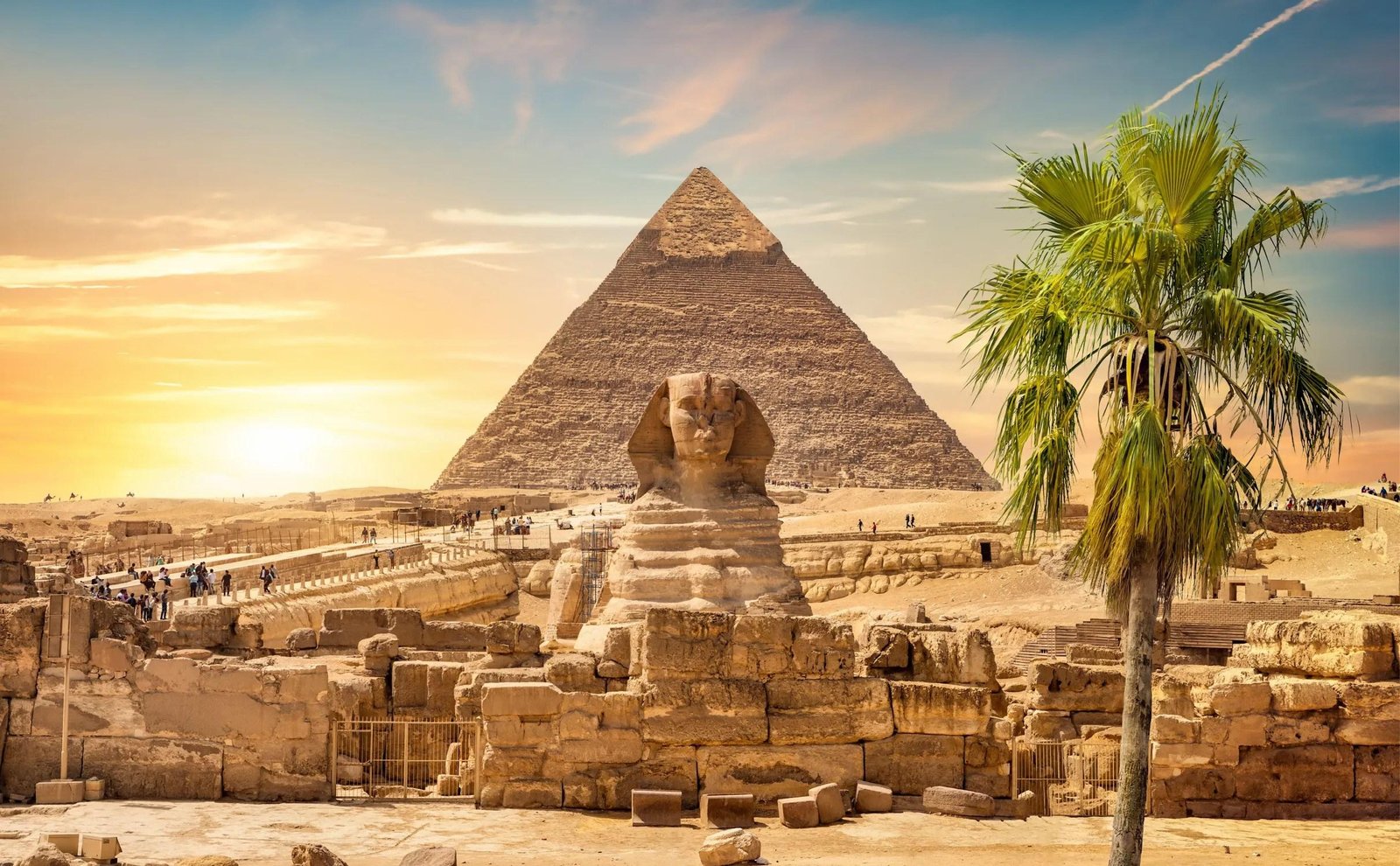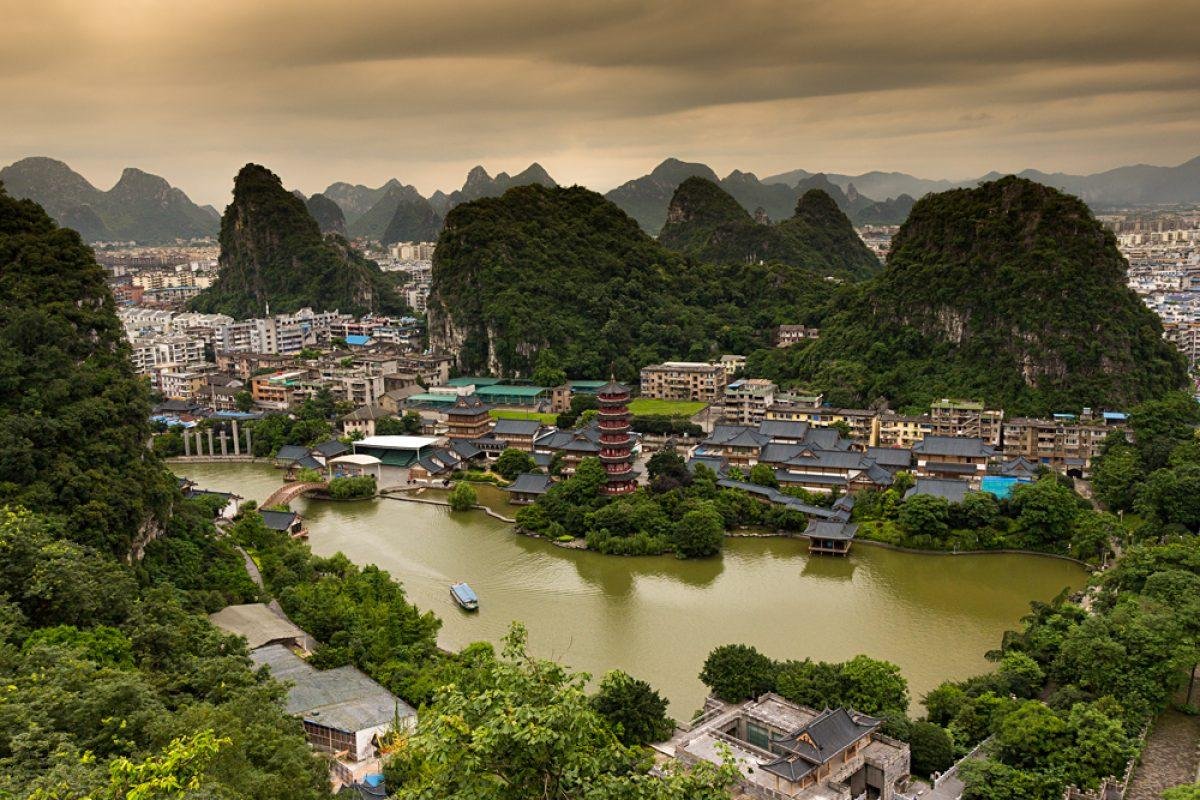Muscat, the capital city of Oman, is a captivating blend of traditional Arabian architecture and modern design, reflecti...
The Architectural Essence of Phuket, Thailand

Phuket, Thailand’s largest island, is renowned for its stunning beaches and vibrant nightlife, but it also boasts a rich architectural heritage that reflects its diverse cultural influences and historical evolution. From traditional Sino-Portuguese buildings to modern resorts, Phuket's architecture tells a captivating story of its past and present.

The Old Town of Phuket is a treasure trove of Sino-Portuguese architecture, characterized by colorful shophouses with ornate facades, decorative tiles, and intricate wooden shutters. This architectural style emerged during the tin mining boom in the 19th century when Chinese immigrants settled on the island. The streets of Thalang, Dibuk, and Krabi are particularly known for their well-preserved buildings, which now house trendy cafes, art galleries, and boutique shops.
One of the most iconic structures in Old Town is the Phuket Thaihua Museum, located in a beautifully restored Chinese school building. The museum showcases the history of Chinese immigration to Phuket and the island's development over the years. The architecture of the museum itself is a blend of traditional and colonial styles, making it a must-visit for those interested in the island's cultural heritage.
A short stroll from the museum leads to the Jui Tui Shrine, a vibrant Chinese temple that exemplifies the island's spiritual landscape. The shrine, adorned with intricate sculptures and colorful decorations, is a significant site for the local Chinese community. Notably, it hosts the annual Vegetarian Festival, which draws thousands of visitors eager to witness the unique rituals and processions.
Phuket is also home to various Buddhist temples that showcase traditional Thai architectural elements. Wat Chalong, the largest and most revered temple on the island, is a stunning example of Thai temple architecture. Its main chedi, adorned with beautiful murals and intricate decorations, is a spiritual centerpiece for locals and tourists alike. Visitors can explore the temple grounds, which feature several smaller shrines and statues, offering a tranquil escape from the bustling island life.
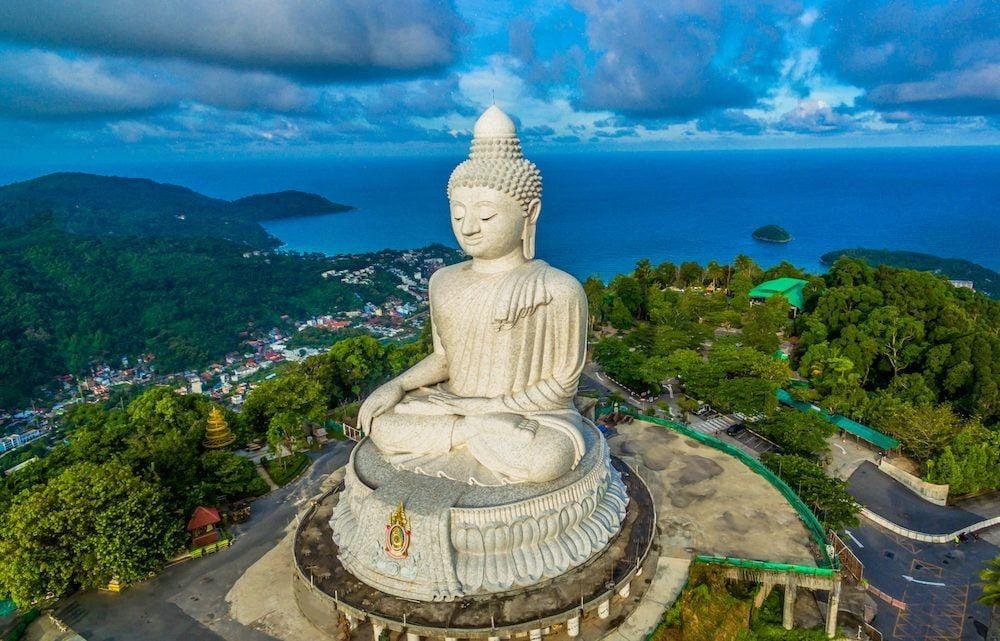
Another architectural highlight is the Big Buddha, a monumental statue located on Nakkerd Hill. Standing at 45 meters tall, this iconic landmark is constructed of reinforced concrete and covered with beautiful white marble. The Big Buddha offers panoramic views of the island and symbolizes peace and serenity. The site features a meditation hall and smaller statues, creating a serene atmosphere for reflection and worship.
As Phuket evolved into a popular tourist destination, modern architecture began to emerge alongside its historical buildings. The island now boasts luxury resorts and contemporary villas that blend seamlessly with the natural landscape. Many of these resorts incorporate traditional Thai design elements, such as open-air spaces, wooden structures, and thatched roofs, creating a harmonious balance between modern comfort and cultural authenticity.
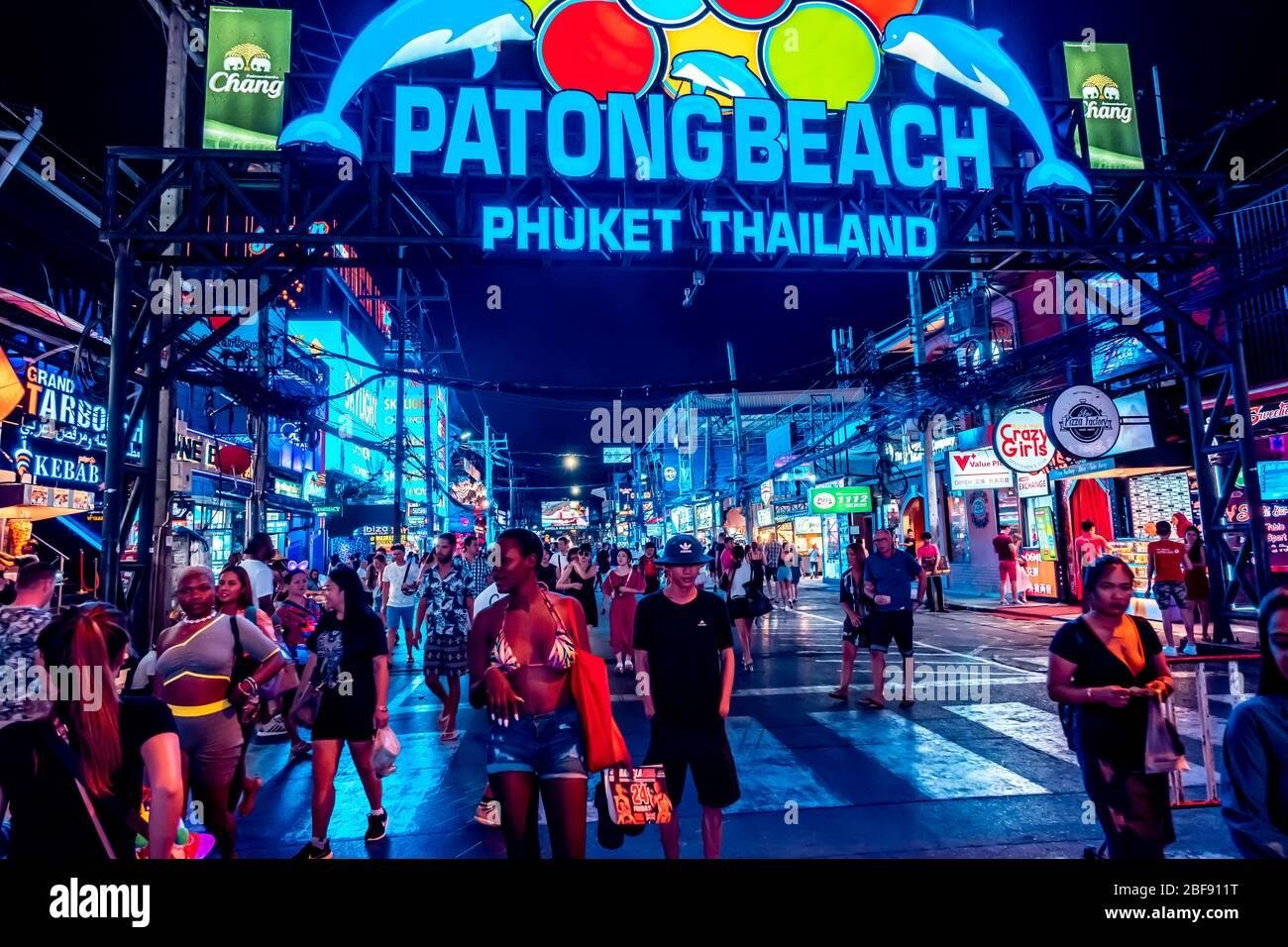
The architectural landscape of Phuket is further enriched by its vibrant nightlife and entertainment venues. The famous Bangla Road in Patong Beach features a mix of modern bars, clubs, and restaurants, often adorned with neon lights and contemporary designs. While these structures contrast sharply with the traditional architecture of Old Town, they contribute to the island’s lively atmosphere and appeal to visitors seeking entertainment.
Phuket's commitment to sustainable architecture is also becoming more prominent. Many new developments prioritize eco-friendly designs, using local materials and incorporating green spaces. The concept of biophilic design, which seeks to connect people with nature, is gaining traction in the island's architectural scene. This approach not only enhances the aesthetic appeal of buildings but also promotes environmental sustainability.
In addition to its architectural diversity, Phuket hosts various cultural events and festivals that celebrate its heritage. The annual Phuket Carnival features colorful parades, traditional performances, and intricate floats, showcasing the island's cultural richness. The architecture along the parade route, particularly in Old Town, serves as a stunning backdrop for the celebrations, drawing both locals and tourists into the festivities.
The preservation of Phuket's architectural heritage is a priority for local authorities and cultural organizations. Efforts are underway to restore and maintain historical buildings, ensuring that future generations can appreciate the island's rich history. The balance between modernization and preservation is crucial for maintaining Phuket's unique character.
As visitors explore the island, they can also discover the influence of specific cultural groups on Phuket’s architecture. The island has a significant Muslim population, particularly in the southern areas. Mosques such as the Rassada Mosque and the Masjid Nurul Islam showcase traditional Islamic architectural styles, featuring beautiful minarets and intricate tile work. These mosques serve as important community centers and places of worship, reflecting the island's diverse cultural fabric.
Phuket's architectural narrative is also shaped by its natural surroundings. The island's landscape, with its lush hills and stunning coastline, influences the design of many buildings. Architects often take advantage of the breathtaking views, creating structures that blend harmoniously with the environment. Infinity pools overlooking the sea and open-air spaces that invite the tropical breeze are common features in contemporary designs.
In conclusion, the architecture of Phuket, Thailand, is a captivating blend of historical influences and modern innovation. From the colorful Sino-Portuguese buildings of Old Town to the serene temples and contemporary resorts, the island offers a diverse array of architectural styles that reflect its rich cultural heritage. The intricate details of the Jui Tui Shrine, the grandeur of Wat Chalong, and the contemporary designs of luxury resorts all contribute to the unique character of Phuket.
As visitors explore the architectural wonders of Phuket, they are transported through centuries of history, experiencing the layers of culture that have shaped this remarkable island. Each building tells a story, revealing the aspirations and achievements of the people who have called Phuket home throughout the ages. With its stunning architecture and vibrant atmosphere, Phuket continues to captivate the hearts of all who visit, inviting them to discover the rich narratives woven into its urban landscape.
This harmonious blend of old and new, tradition and modernity, makes Phuket not just a destination for relaxation but also a canvas showcasing the dynamic interplay of cultures and architectural styles. The island’s architectural journey is a testament to its resilience and adaptability, promising visitors a unique experience that transcends time and space.
Share:

